Here are some crystal photos taken through the microscope. You can see that by using various lighting or contrast techniques, you can get some very unusual photos with exciting colors.

A single crystal of 100% pure Vermont Maple Syrup – polarized
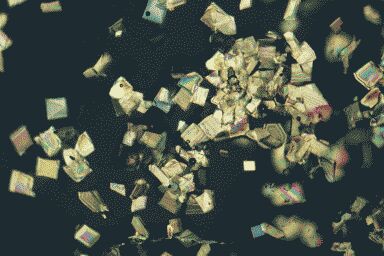
Crystallized 100% pure Vermont Maple Syrup – Polarized
To make the above specimen, simply place a drop of diluted maple syrup on a slide, and allow it to dry out and crystallize. Don’t use a cover slip. Take your photos at different magnifications to show individual crystals.
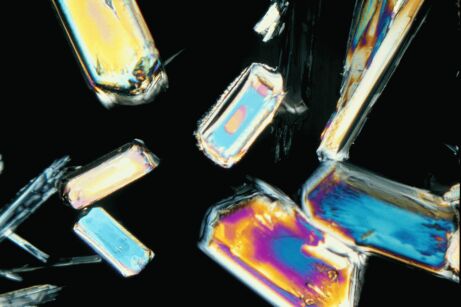

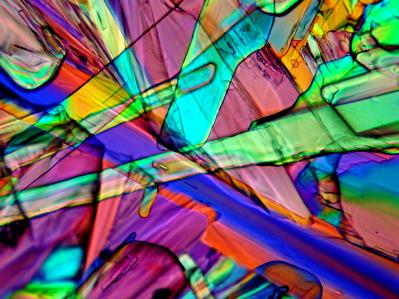

You can see that the same substance will crystallize in different ways! Make more than one slide. Heat up your liquid in some cases, and in others, let the water stay cold. To make the above kind of specimen, dissolve some Epsom salt in water, and allow a drop to dry out on a slide.
How to use polarized light under the microscope
You will need two polarized filters. You can make these from polarized sunglasses which have plastic lenses, by popping out the lenses. You can also take apart a pair of 3-D glasses which you get in the movie theater when you watch a 3-D movie. Some places sell polarizing material in sheets.
Buy a sheet on Amazon here.
Cut out circular pieces and place one polarizing filter below the condenser, and one above the eyepiece. If you have a binocular microscope, you’ll need one for each eyepiece.
Place your slide on the microscope stage, and focus on your specimen. Keeping the top polarizer in place (you could use a piece of masking tape) you simply rotate the bottom polarizer. You should see amazing color changes.
Crossed polarization is when the polarizers are turned at 90 degrees to each other. You can see what happens when you hold up two pairs of sunglasses at 90 degrees to each other. Polarizers will go black when crossed at 90 degrees to each other, but if you have crystals in between, then these prevent polarization from taking place and create wild colors.
To get even more colorful effects, place a piece of hard clear plastic just above the bottom polarizing filter. I have found that the best plastic to use for this is an old CD case cover. The clear plastic interferes with the polarizers and makes some beautiful colors.
Below are various photos of Vitamin C crystals where I simply rotated a plastic CD case and took photos of the same slide. Vitamin C is Ascorbic Acid. Simply take a Vitamin C tablet and crush it. Spring some of the powder in water and let it dissolve. Please a drop on a slide and let it dry. Do not use a coverslip.
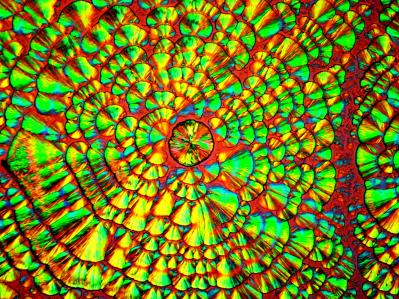
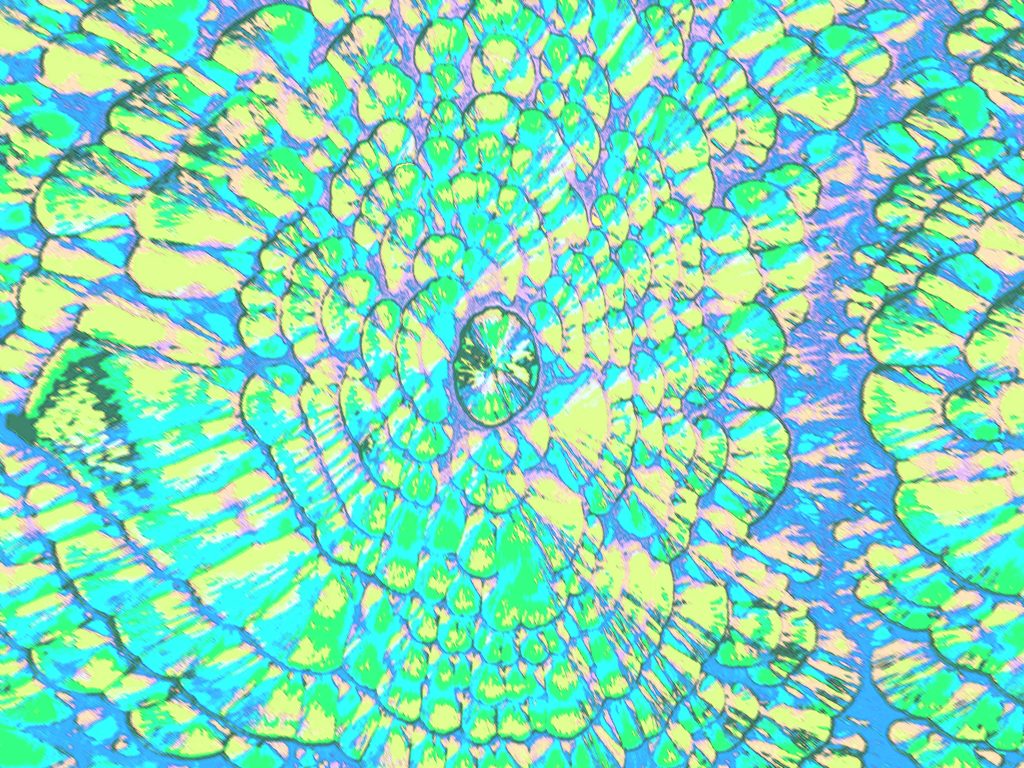


You can see that simply rotating the filters or plastic CD cover, you can obtain some great effects.
Want to learn more about making your own microscope filters?
Get the book that shows you everything about microscope filter making.
More crystal photos
Take a look at these Alum crystals. Pickling Alum is Aluminum Ammonium Sulfate and it makes some beautiful formations. Dissolve a bit in water, and simple put a drop on a slide and let it dry. No coverslip is needed. You can see below that by simply rotating the bottom polarizer, I was able to get many different colors. I did not use a plastic CD cover in these photos. Simple polarizing filters will do the trick.
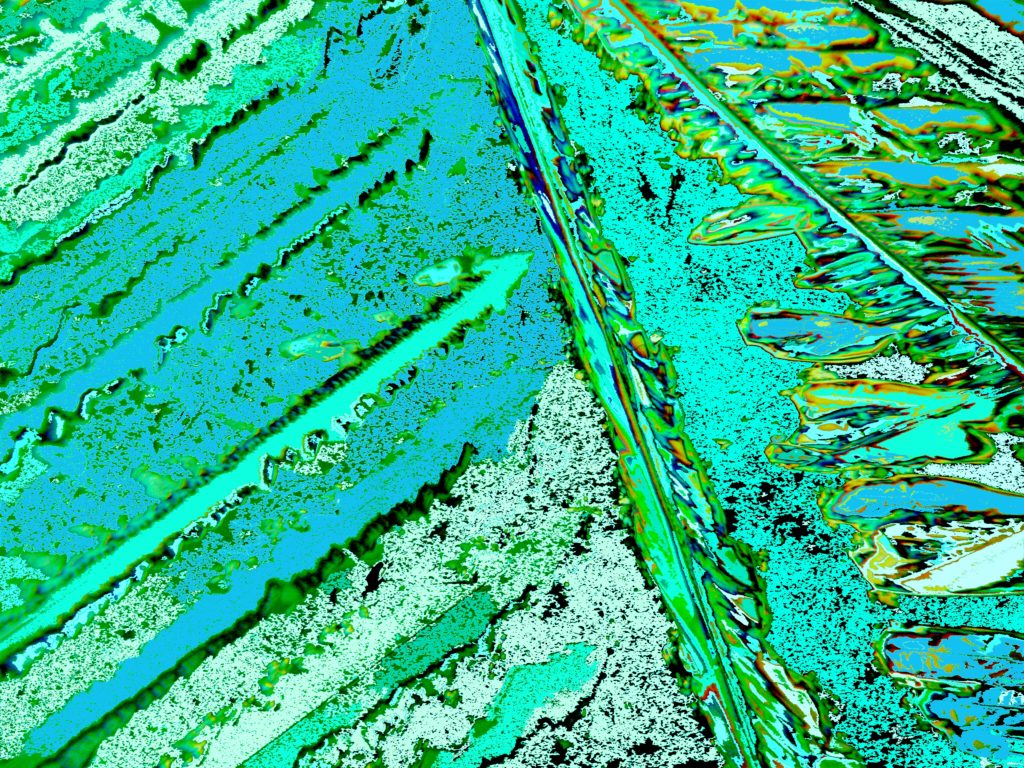


If you liked these crystal photos, please comment below. Feel free to email me your own crystal photos, and I’ll include them in the subscriber’s gallery!
